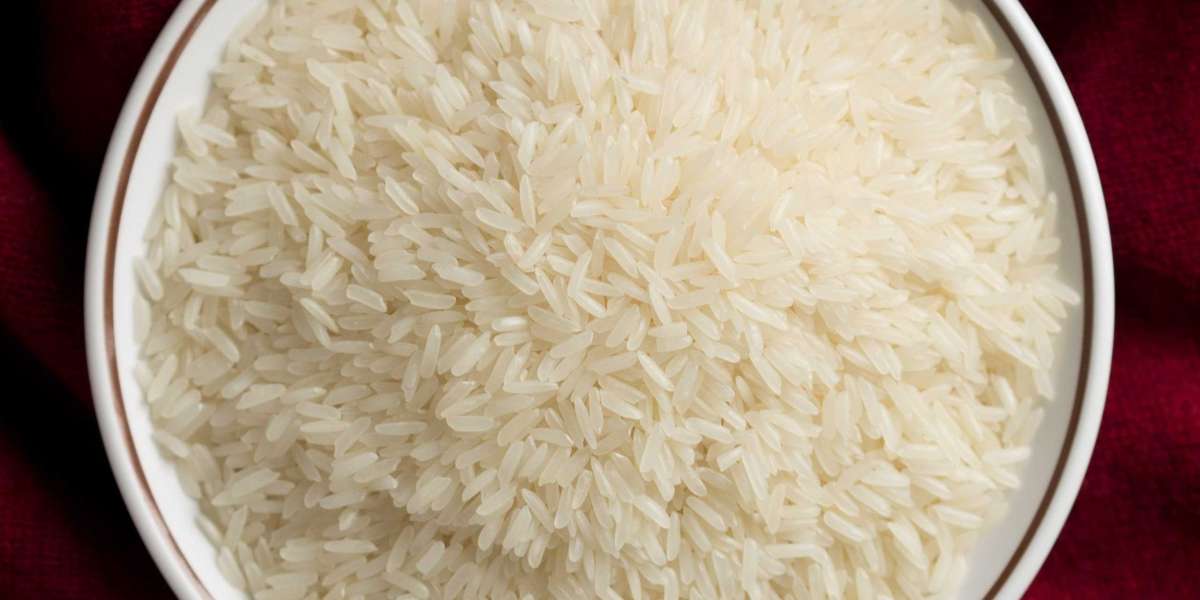In the world of grains, Jasmine Rice stands out not only for its delicate fragrance but also for its distinctive flavor and versatile culinary applications. Originating from Thailand, this long-grain rice variety has gained popularity globally for its aromatic qualities and ability to complement a wide range of dishes.
Jasmine Rice, scientifically known as Oryza sativa, is a long-grain rice variety known for its fragrant aroma and slightly sticky texture when cooked. The name "Jasmine" is derived from the fragrant white flowers of the Jasmine plant, which have a similar aroma to the rice.
Characteristics of Jasmine Rice:
- Aromatic Profile:
- The hallmark of Jasmine Rice is its fragrant aroma, reminiscent of pandan leaves or popcorn. This natural scent is a result of the rice's unique growing environment and the cultivation methods employed.
- Long-Grain Structure:
- Jasmine Rice is characterized by long, slender grains that remain separate and fluffy when cooked. This distinct structure makes it a popular choice for a variety of dishes, from stir-fries to pilafs.
- Versatility in Cooking:
- Due to its fluffy texture and fragrant nature, Jasmine Rice is a versatile ingredient that pairs well with various cuisines. It complements both savory and sweet dishes, making it suitable for a wide range of culinary creations.
- Culinary Applications:
- Jasmine Rice is commonly used in Asian and Middle Eastern cuisines, serving as a staple in many households. It is a preferred choice for dishes like Thai green curry, stir-fried vegetables, and coconut milk-based desserts.
Cultivation and Regions of Production:
- Growing Conditions:
- Jasmine Rice thrives in warm and humid climates, making it well-suited for cultivation in Southeast Asia, particularly in Thailand, Cambodia, Vietnam, and Laos.
- Harvesting Techniques:
- The aromatic quality of Jasmine Rice is enhanced through traditional harvesting techniques. The rice is typically harvested by hand to avoid damage to the delicate grains.








